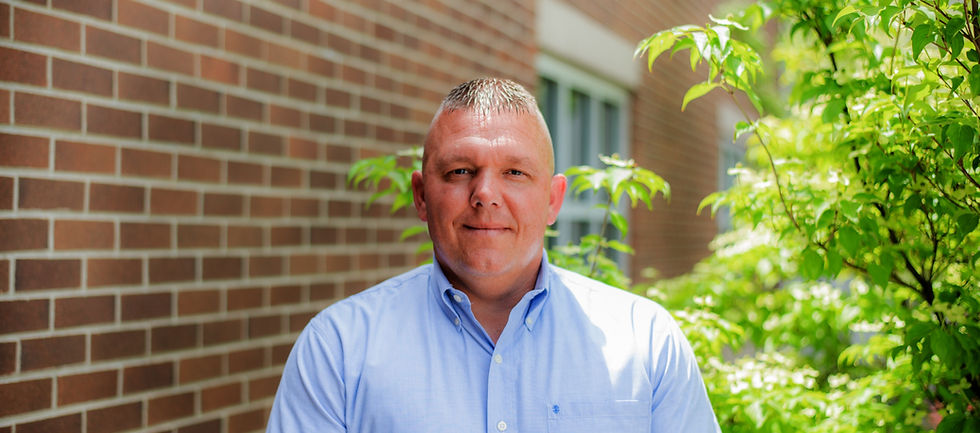January 2024 CEO Message
- hmatthew09
- Jan 9, 2024
- 3 min read

Electric Grid 101
Electricity plays an essential role in everyday life, although it’s not something most people thing about. It powers our homes, offices, hospitals and schools. We depend on it to keep us warm in the winter (and cool in the summer), charge our phones and binge our favorite TV shows. If the power goes out, even briefly, our lives can be disrupted.
The system that delivers your electricity is often described as the most complex machine in the world, and it’s known as the electric grid. What makes it so complex? We all use different amounts of electricity throughout the day, so the supply and demand for electricity is constantly changing. For example, we typically use more electricity in the mornings when we’re starting our day, and again in the evenings when we’re cooking dinner and using appliances. Extreme temperatures and other factors also impact how much electricity we need.
The challenge for electric providers is to plan for, produce and purchase enough electricity so it’s available exactly when we need it. Too much or too little electricity in one place can cause problems. So, to make sure the whole system stays balanced, the electric grid must adjust in real time to changes and unforeseen events.
At its core, the electric grid is a network of power lines, transformers, substations and other infrastructure that span the entire country. But it’s not just a singular system. It’s divided into three major interconnected grids: the Eastern Interconnection, the Western Interconnection and the Electric Reliability Council of Texas. These grids operate independently but are linked to allow electricity to be transferred between regions when backup support is required.
The journey of electricity begins at power plants. Power plants can be thought of as factories that make electricity using various energy sources, like natural gas, solar, wind and nuclear energy. Across the U.S., more than 11,000 power plants deliver electricity to the grid.
Orange County REMC receives power from our generation and transmission (G&T) co-op, Hoosier Energy in Bloomington. We then deliver that electricity to your homes and business, which is why we are considered a “distribution co-op.” We don’t make electricity, we just deliver it. In order to get the electricity from power plants to you, a transportation system is needed. High-voltage transmission lines act as the highways for electricity, transporting power over long distances. These lines are supported by massive towers and travel through vast landscapes, connecting power plants to electric substations.
Substations are like pit stops along the highway, where the voltage of electricity is adjusted. They play a crucial role in managing power flow and ensuring that electricity is safe for use in homes and businesses. Once the electricity is reduced to the proper voltage, it travels through distribution power lines, like the ones you typically see on the side of the road. Distribution lines carry electricity from substations to homes, schools and businesses. Distribution transformers, which look like metal buckets on the tops of power poles or large green boxes on the ground, further reduce the voltage to levels suitable for household appliances and electronic devices. After traveling through transformers, electricity reaches you––to power everyday life.
We’re proud to be your local, trusted energy provider. From the time it’s created to the time it’s used, electricity travels great distances to be available at the flip of a switch. That’s what makes the electric grid our nation’s most complex machine––and one of our nation’s greatest achievements.
Matt Deaton
General Manager/CEO


I’ve personally seen how Shala Darpan has improved school management in Rajasthan. It connects all schools under one system, allowing easy access to academic data, transfers, and attendance. It’s an incredible move toward efficiency, accountability, and digital transformation in education.